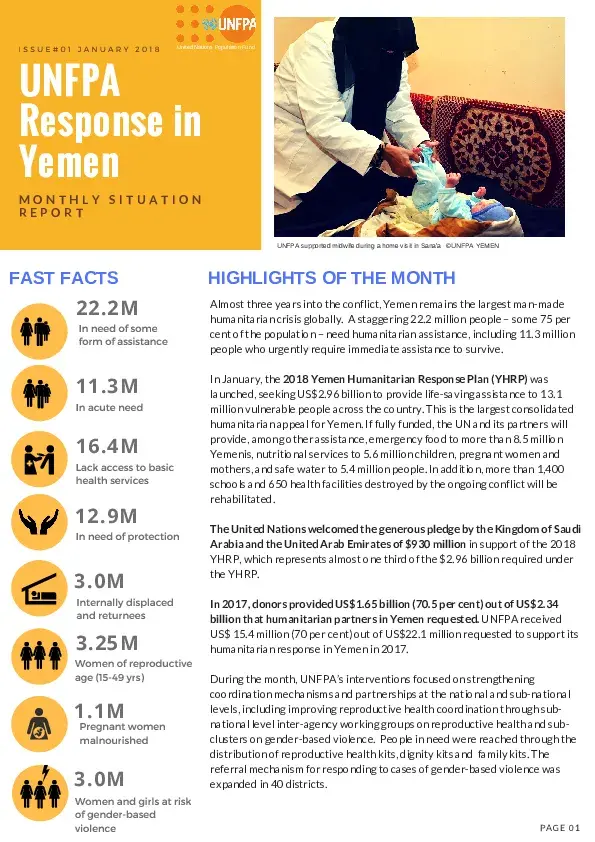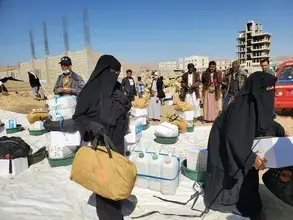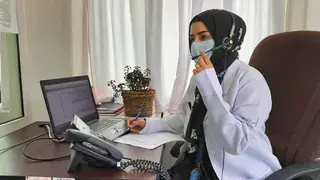Almost three years into the conflict, Yemen remains the largest man-made humanitarian crisis globally. A staggering 22.2 million people – some 75 per cent of the population – need humanitarian assistance, including 11.3 million people who urgently require immediate assistance to survive.
In January, the 2018 Yemen Humanitarian Response Plan (YHRP) was launched, seeking US$2.96 billion to provide life-saving assistance to 13.1 million vulnerable people across the country. This is the largest consolidated humanitarian appeal for Yemen. If fully funded, the UN and its partners will provide, among other assistance, emergency food to more than 8.5 million Yemenis, nutritional services to 5.6 million children, pregnant women and mothers, and safe water to 5.4 million people. In addition, more than 1,400 schools and 650 health facilities destroyed by the ongoing conflict will be rehabilitated.
The United Nations welcomed the generous pledge by the Kingdom of Saudi Arabia and the United Arab Emirates of $930 million in support of the 2018 YHRP, which represents almost one third of the $2.96 billion required under the YHRP.
In 2017, donors provided US$1.65 billion (70.5 per cent) out of US$2.34 billion that humanitarian partners in Yemen requested. UNFPA received US$ 15.4 million (70 per cent) out of US$22.1 million requested to support its humanitarian response in Yemen in 2017.
During the month, UNFPA’s interventions focused on strengthening coordination mechanisms and partnerships at the national and sub-national levels, including improving reproductive health coordination through sub-national level inter-agency working groups on reproductive health and sub-clusters on gender-based violence. People in need were reached through the distribution of reproductive health kits, dignity kits and family kits. The referral mechanism for responding to cases of gender-based violence was expanded in 40 districts.





